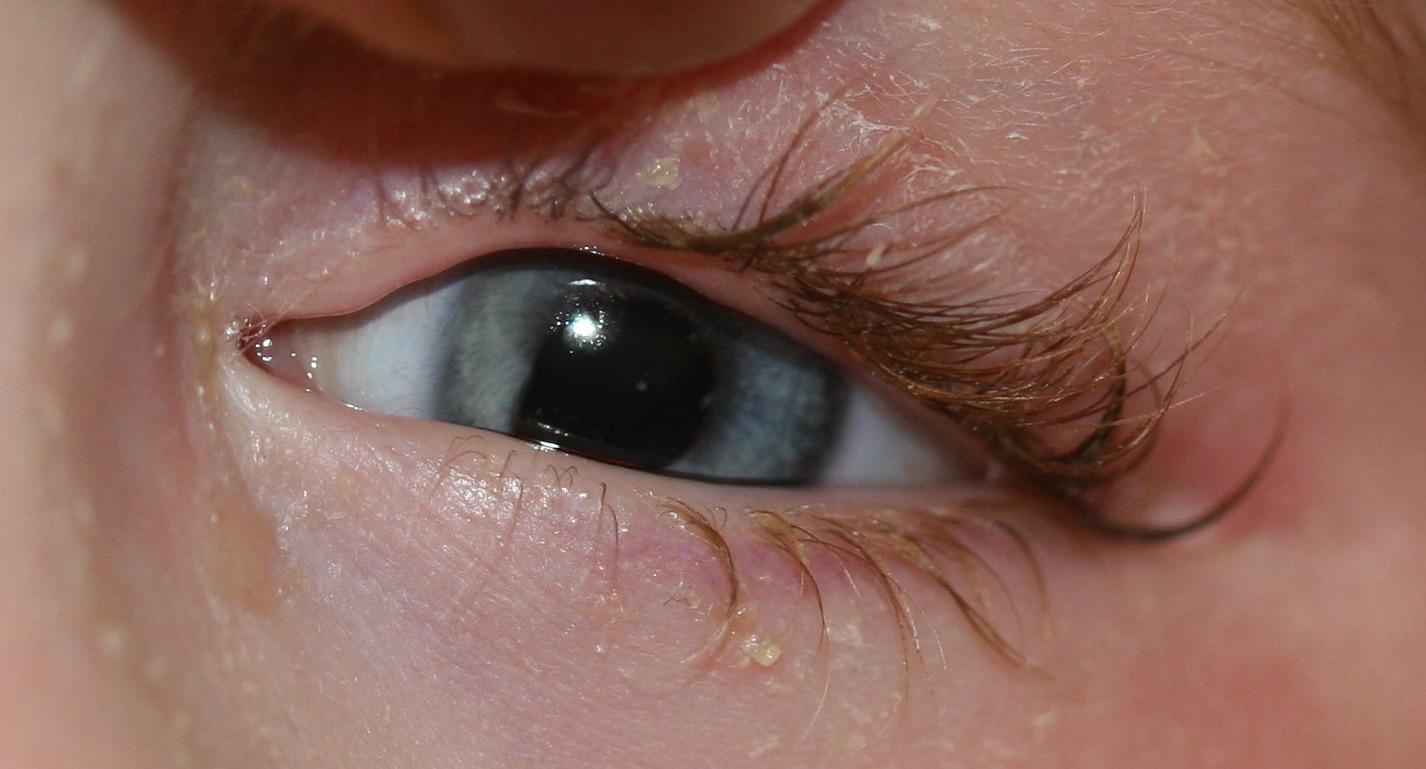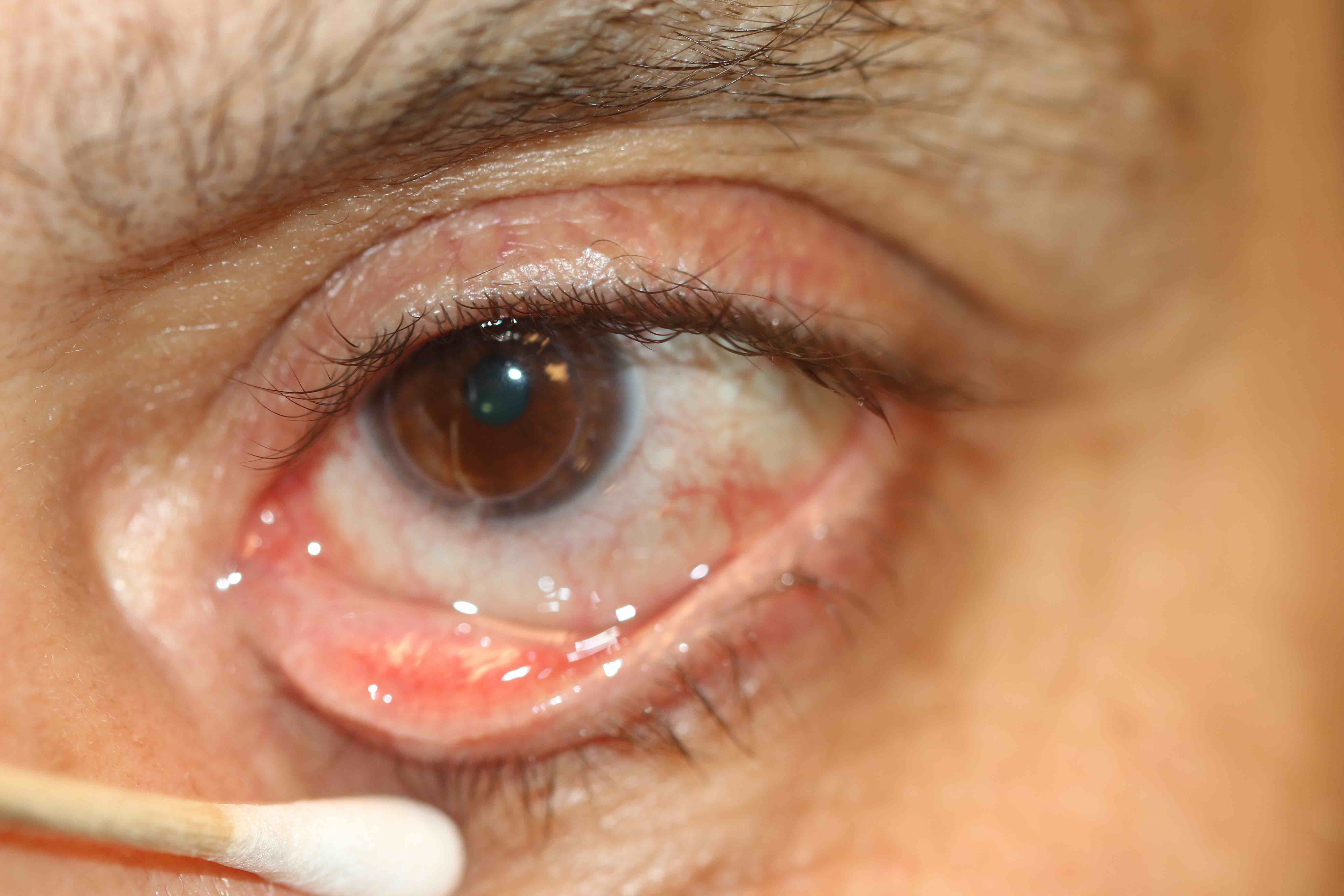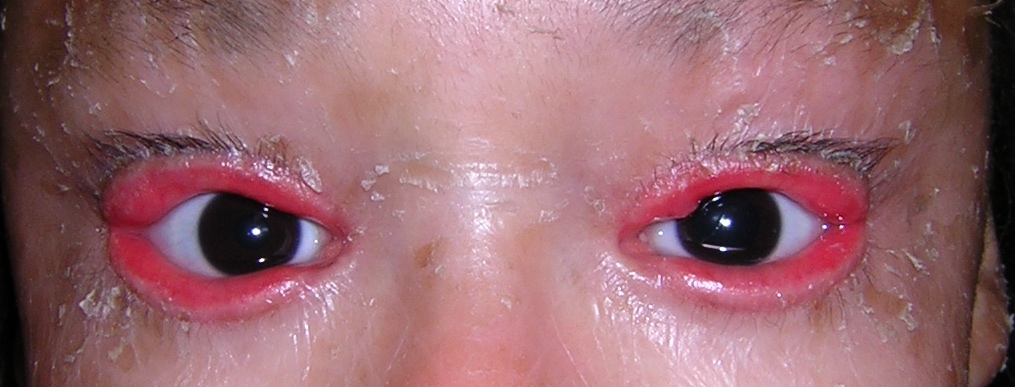[1]
Bukhari A. Prevalence of punctal stenosis among ophthalmology patients. Middle East African journal of ophthalmology. 2009 Apr:16(2):85-7. doi: 10.4103/0974-9233.53867. Epub
[PubMed PMID: 20142967]
[2]
Kakizaki H, Takahashi Y, Iwaki M, Nakano T, Asamoto K, Ikeda H, Goto E, Selva D, Leibovitch I. Punctal and canalicular anatomy: implications for canalicular occlusion in severe dry eye. American journal of ophthalmology. 2012 Feb:153(2):229-237.e1. doi: 10.1016/j.ajo.2011.07.010. Epub 2011 Oct 6
[PubMed PMID: 21982102]
[3]
Caesar RH, McNab AA. A brief history of punctoplasty: the 3-snip revisited. Eye (London, England). 2005 Jan:19(1):16-8
[PubMed PMID: 15184956]
[4]
Hur MC, Jin SW, Roh MS, Jeong WJ, Ryu WY, Kwon YH, Ahn HB. Classification of Lacrimal Punctal Stenosis and Its Related Histopathological Feature in Patients with Epiphora. Korean journal of ophthalmology : KJO. 2017 Oct:31(5):375-382. doi: 10.3341/kjo.2016.0129. Epub
[PubMed PMID: 28994268]
[5]
Kashkouli MB, Beigi B, Murthy R, Astbury N. Acquired external punctal stenosis: etiology and associated findings. American journal of ophthalmology. 2003 Dec:136(6):1079-84
[PubMed PMID: 14644218]
[6]
Tabbara KF, Bobb AA. Lacrimal system complications in trachoma. Ophthalmology. 1980 Apr:87(4):298-301
[PubMed PMID: 7393535]
[7]
Jager GV, Van Bijsterveld OP. Canalicular stenosis in the course of primary herpes simplex infection. The British journal of ophthalmology. 1997 Apr:81(4):332
[PubMed PMID: 9215069]
[8]
McNab AA. Lacrimal canalicular obstruction associated with topical ocular medication. Australian and New Zealand journal of ophthalmology. 1998 Aug:26(3):219-23
[PubMed PMID: 9717753]
[9]
Brink HM, Beex LV. Punctal and canalicular stenosis associated with systemic fluorouracil therapy. Report of five cases and review of the literature. Documenta ophthalmologica. Advances in ophthalmology. 1995:90(1):1-6
[PubMed PMID: 8549238]
Level 3 (low-level) evidence
[10]
Caravella LP Jr, Burns JA, Zangmeister M. Punctal-canalicular stenosis related to systemic fluorouracil therapy. Archives of ophthalmology (Chicago, Ill. : 1960). 1981 Feb:99(2):284-6
[PubMed PMID: 7469866]
[11]
Lee V, Bentley CR, Olver JM. Sclerosing canaliculitis after 5-fluorouracil breast cancer chemotherapy. Eye (London, England). 1998:12 ( Pt 3a)():343-9
[PubMed PMID: 9775228]
[12]
Port AD, Chen YT, Lelli GJ Jr. Histopathologic changes in punctal stenosis. Ophthalmic plastic and reconstructive surgery. 2013 May-Jun:29(3):201-4. doi: 10.1097/IOP.0b013e31828a92b0. Epub
[PubMed PMID: 23552606]
[13]
Ozgur OR,Akcay L,Tutas N,Karadag O, Management of acquired punctal stenosis with perforated punctal plugs. Saudi journal of ophthalmology : official journal of the Saudi Ophthalmological Society. 2015 Jul-Sep;
[PubMed PMID: 26155080]
[14]
Konuk O, Urgancioglu B, Unal M. Long-term success rate of perforated punctal plugs in the management of acquired punctal stenosis. Ophthalmic plastic and reconstructive surgery. 2008 Sep-Oct:24(5):399-402. doi: 10.1097/IOP.0b013e318185a9ca. Epub
[PubMed PMID: 18806663]
[15]
JONES LT. The cure of epiphora due to canalicular disorders, trauma and surgical failures on the lacrimal passages. Transactions - American Academy of Ophthalmology and Otolaryngology. American Academy of Ophthalmology and Otolaryngology. 1962 Jul-Aug:66():506-24
[PubMed PMID: 14452301]
[16]
Murdock J, Lee WW, Zatezalo CC, Ballin A. Three-Snip Punctoplasty Outcome Rates and Follow-Up Treatments. Orbit (Amsterdam, Netherlands). 2015 Jun:34(3):160-3. doi: 10.3109/01676830.2015.1014513. Epub 2015 Apr 23
[PubMed PMID: 25906237]
[17]
Shahid H, Sandhu A, Keenan T, Pearson A. Factors affecting outcome of punctoplasty surgery: a review of 205 cases. The British journal of ophthalmology. 2008 Dec:92(12):1689-92. doi: 10.1136/bjo.2008.140681. Epub 2008 Sep 11
[PubMed PMID: 18786958]
Level 3 (low-level) evidence
[18]
Hussain RN, Kanani H, McMullan T. Use of mini-monoka stents for punctal/canalicular stenosis. The British journal of ophthalmology. 2012 May:96(5):671-3. doi: 10.1136/bjophthalmol-2011-300670. Epub 2012 Jan 12
[PubMed PMID: 22241928]
[19]
Edelstein J, Reiss G. The wedge punctoplasty for treatment of punctal stenosis. Ophthalmic surgery. 1992 Dec:23(12):818-21
[PubMed PMID: 1494436]
[20]
Wong ES, Li EY, Yuen HK. Long-term outcomes of punch punctoplasty with Kelly punch and review of literature. Eye (London, England). 2017 Apr:31(4):560-565. doi: 10.1038/eye.2016.271. Epub 2016 Dec 2
[PubMed PMID: 27911445]
[21]
Lam S, Tessler HH. Mitomycin as adjunct therapy in correcting iatrogenic punctal stenosis. Ophthalmic surgery. 1993 Feb:24(2):123-4
[PubMed PMID: 8446348]
[22]
Lachmund U, Ammann-Rauch D, Forrer A, Petralli C, Remonda L, Roeren T, Vonmoos F, Wilhelm K. Balloon catheter dilatation of common canaliculus stenoses. Orbit (Amsterdam, Netherlands). 2005 Sep:24(3):177-83
[PubMed PMID: 16169803]




